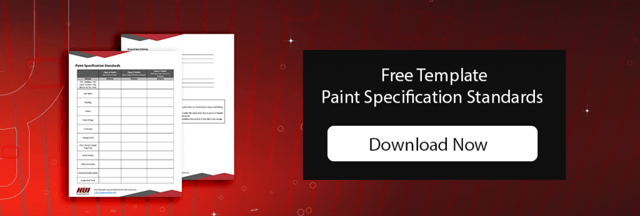Each manufacturer has different powder coat paint specification standards. Be sure to discuss your manufacturer’s specification options before you place an order, so you can gain a better understanding of the paint quality your product will receive.
Class A, B and C Finish
Most manufacturers rank their powder coat paint specifications standards into different finish classes. Here’s what each class typically involves:
Class “A” Finish:
- Higher cost
- Used on parts where high aesthetics are vital to the customer
- Minimum amount of allowable defects
- Longer inspection time
Class “B” Finish:
- Medium cost
- Used on parts that are visible to the customer
- Few allowable defects
- Average inspection time
Class “C” Finish:
- Lower cost
- Used on hidden parts where corrosion protection is important but cosmetic blemishes are not
- More allowable defects
- Average or shorter inspection time
Powder Coat Paint Specification Standards Sheet
Though “Class A, B or C Finish” will give you a general idea of your options, consider asking for specific details so you can understand the difference between your options. Most manufacturers have a powder coat paint specification standards sheet (click here for a free template) that ensures your product will be held to measurable standards.
Each finishing option should outline the amount of allowable defects over a certain surface area, define the size of those defects and explain if there are any exceptions. Finally, this paint specifications sheet should define the standard criteria for inspecting each part for paint defects.
Knowing the purpose of your industrial product will help you make an informed decision about how much you should set aside in your budget for the finishing standard best suited for your needs. If you have any questions about paint specification standards, or how our standards can help benefit your industrial project, contact us today.
To get instant updates anytime we have a new blog post, please click here to subscribe to HUI's Industrial Blog.

 HUI dedicates itself to helping our customers design the solutions they need and launching quality products on time and within budget.
HUI dedicates itself to helping our customers design the solutions they need and launching quality products on time and within budget.